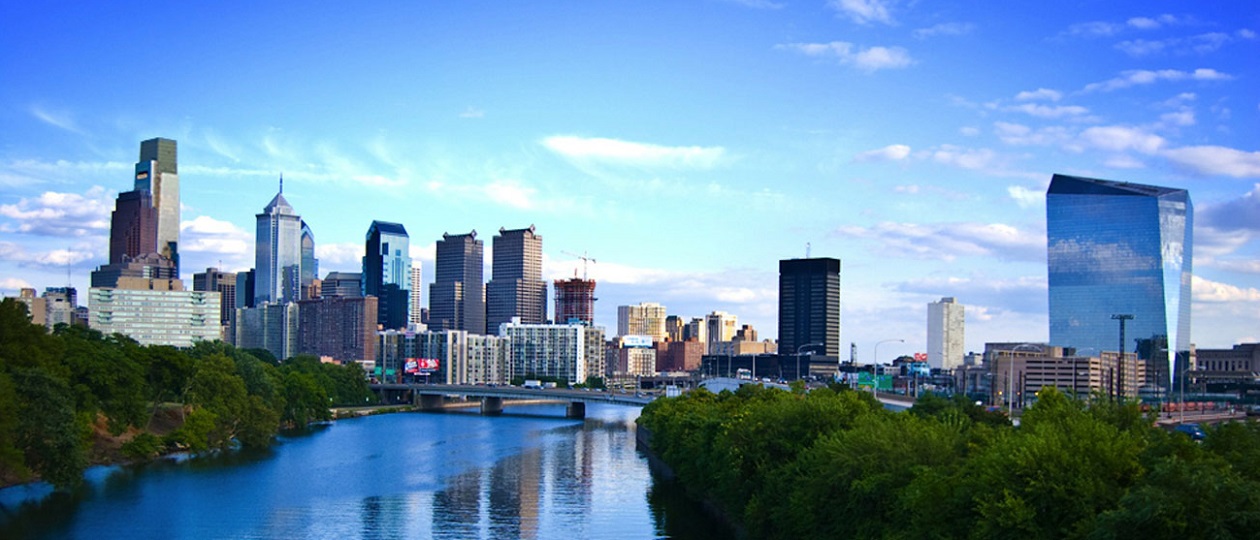
Every city is unique in its own way. A unique image is formed largely by natural factors and architecture. It is this combination that creates what we value, what we admire — originality.
The originality of a city is its unique image, the aroma of a place, the space of streets and squares, a mental image. The originality of a city is formed by many factors: this is historical heritage, cultural codes of human behavior, and architecture — buildings, spaces, parks and embankments.
Architecture has always been at the intersection of technology and art. It embodies an artistic concept, relying on the technical capabilities that exist. This has always been the case: in antiquity during the construction of the Colosseum, and at the turn of the 19th and 20th centuries during the construction of the Eiffel Tower.
At the beginning of the 20th century, the great architects of that time promoted an ideology that formed the International Style in architecture. This trend, which focuses on functionality and universality, seeks to create architecture free of regional features and decorative elements.
For almost 100 years, the International Style has been actively spreading around the world and increasingly influencing the image of the city. There is a blurring of individuality, the formation of similar stylistic techniques in different regions of the world.
Someone may object that during the period of the Roman Empire, the order system was also widely spread. Throughout the empire, buildings were built according to uniform canons and uniform technology. However, there are fundamental differences between the Architectural Order and the International Style. This difference is in the role of man.
In the Order, it was man who was the main parametric unit, and in the International Style, man dissolved into the function of the building. This is not the only, but the most striking difference between these diametrically opposed trends in creative design. The Order developed local identity, while the International Style levels it out.
Of course, the above judgments may cause controversy, but it seems important to me to raise the issue of originality in architecture. The desire to form international images is often accompanied by a rejection of national cultural characteristics. This in turn leads to the depersonalization of the urban environment. In this situation, it is appropriate to talk about Civilizational urbanism as an approach to urban development issues that takes into account deep civilizational values.
Civilization should be understood as a certain socio-cultural system, including the socio-economic conditions of society, the degree of harmonization of man and nature, as well as the level of economic, political and social development of the individual. Architecture, of course, is the material embodiment of the ideology of society, the dominant worldview. In this sense, the era of unification of solutions in architecture has come to an end.
Obviously, diversity is coming, which will be conditioned by regional cultural identity. Preservation of uniqueness gives rise to the need for a greater variety of architectural images. This fully applies not only to buildings, but also to the character of urban space.
The uniqueness of urban design, the combination of different scales and silhouettes of buildings, functional diversity, interaction with nature — all these are components of urban identity.






2 comments
Alan Trust
28.05.2025 at 20:01
Hi! You are not alone with your understanding of the problem. It’s great that you share your thoughts with everyone. Yes, every city should be unique in its own way. If the architecture of cities is like McDonald’s recipe – the same recipe all over the world, people will save a lot of money on tourist trips. But I will not be happy with this saving.
Dmitry Narinsky
07.06.2025 at 13:12
Hello. Thank you for your feedback. It is always nice to hear the reader’s opinion. Replicating an architectural style will not necessarily lead to saving money on tourist trips, since we still love the architecture of the past, and we are more relaxed about the modern one. The loss of uniqueness and originality is definitely a threat.